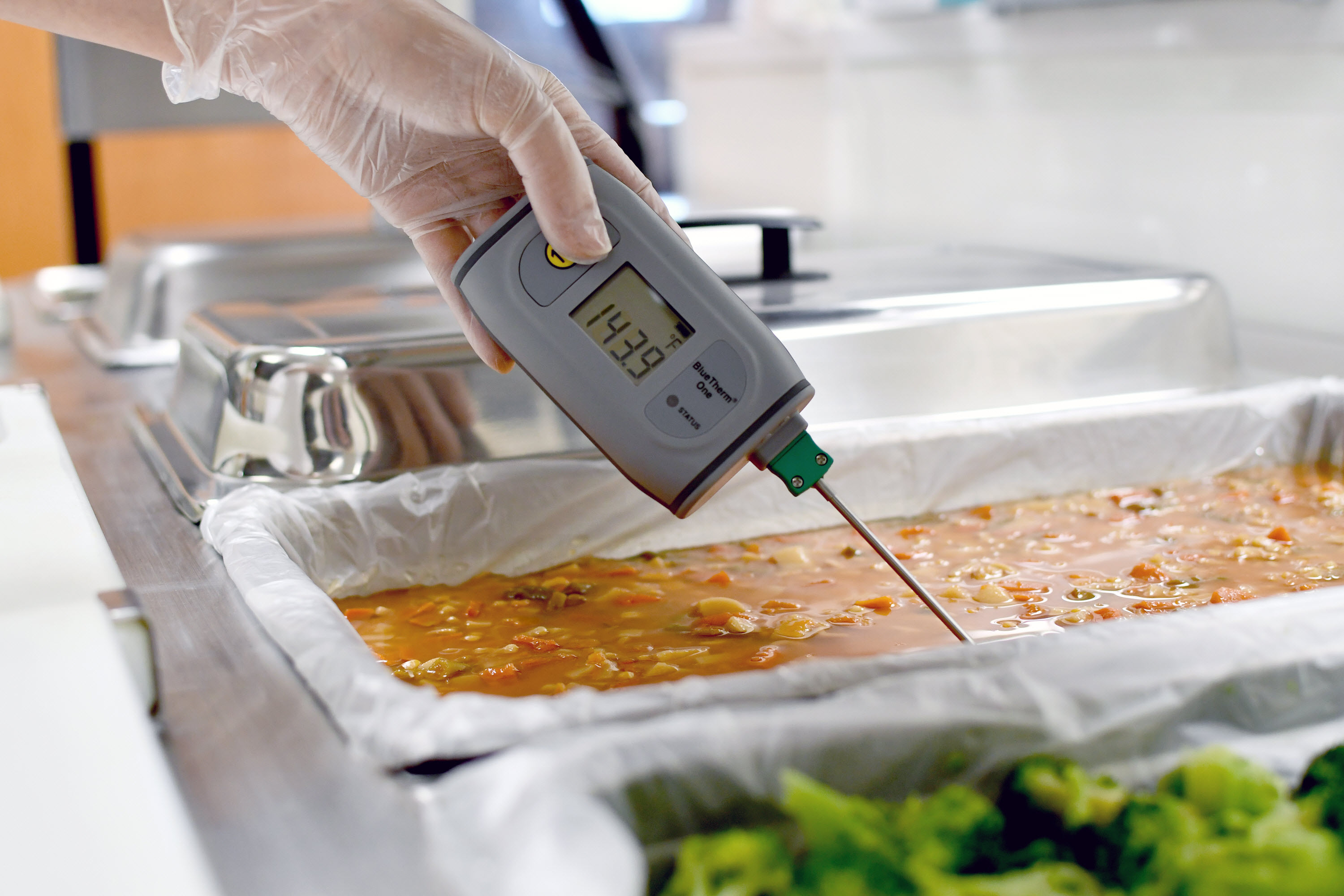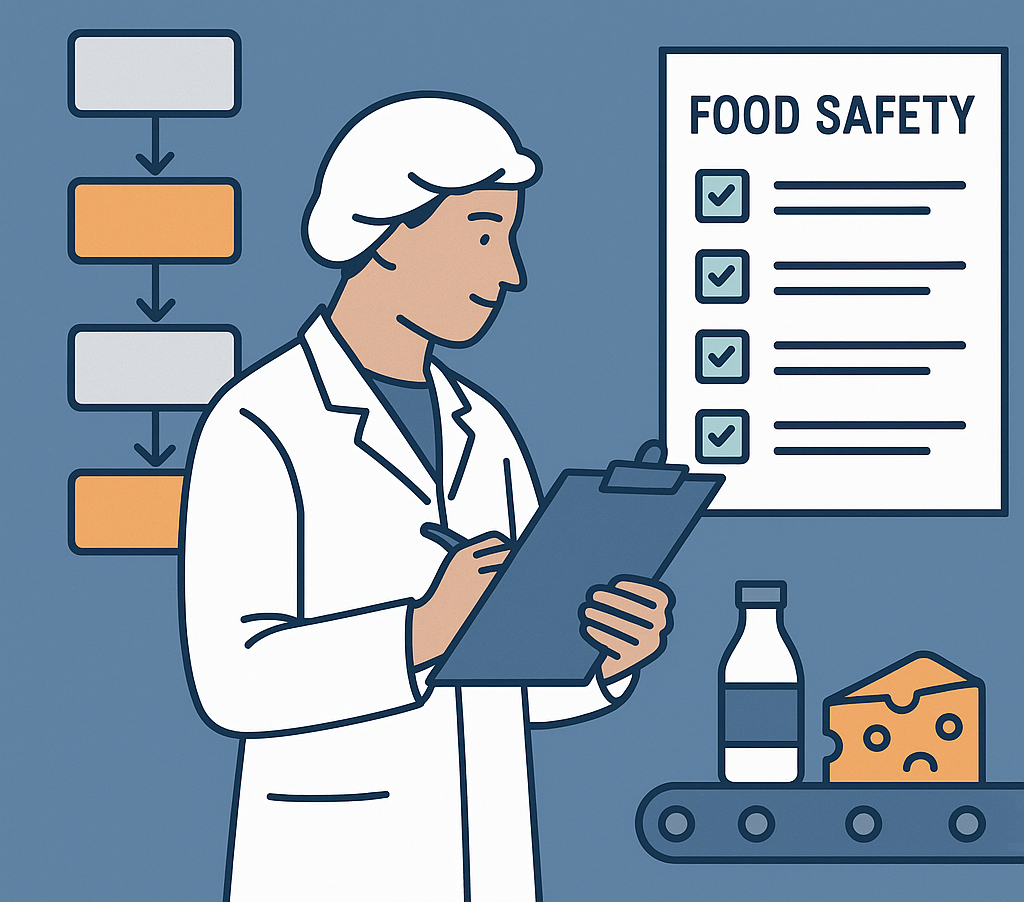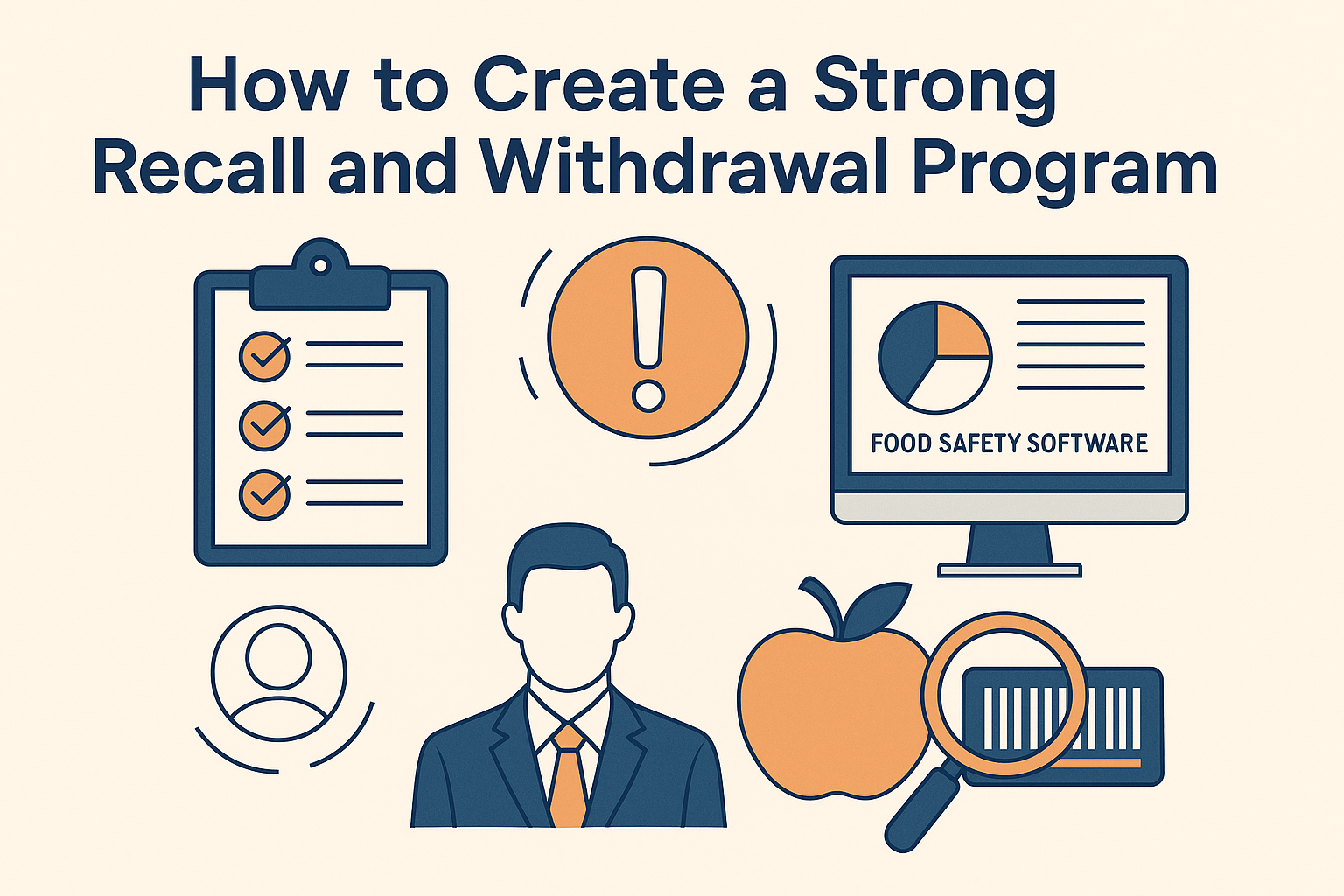In today’s food industry, the stakes around sanitation have never been higher. As consumer expectations, regulatory demands, and operational complexity all increase, a single lapse in cleaning can jeopardize public health, damage your brand, and cost millions in recalls.
Yet too often, sanitation Standard Operating Procedures—commonly known as SOPs—are outdated, vague, or inconsistently applied. Many companies see them as paperwork to satisfy auditors, rather than the foundation of food safety.
If you’re serious about protecting your customers, your products, and your reputation, it’s time to reframe the way you think about sanitation. A bulletproof SOP isn’t a luxury. It’s a necessity.
This article will break down exactly what makes sanitation SOPs effective, show you how to create them step by step, and offer examples you can adapt to your facility. Whether you lead sanitation operations or set strategic direction at the executive level, these principles will help you build a cleaning program that holds up under scrutiny—and delivers spotless results every time.
Why Sanitation SOPs Are Business-Critical
Let’s start with the basics: why do sanitation SOPs matter so much?
1. Protecting Food Safety
Cleaning and sanitation are your first line of defense against bacteria, allergens, and cross-contamination. Without clear procedures, even experienced teams can miss critical steps, allowing pathogens like Listeria or Salmonella to spread.
2. Meeting Regulatory Requirements
Regulators expect well-documented, consistently executed sanitation programs. In Canada, Preventive Control Plans require clear cleaning procedures and records. In the U.S., FSMA mandates preventive controls for sanitation. Non-compliance leads to warnings, shutdowns, and penalties.
3. Reducing Risk and Liability
Clear, verifiable SOPs help protect you in the event of recalls or legal claims by showing due diligence and proper training.
4. Improving Efficiency
Well-structured cleaning procedures reduce downtime and improve productivity. Employees waste less time guessing or re-cleaning.
5. Building Customer Confidence
Large retailers, distributors, and brand owners expect their suppliers to have rigorous sanitation controls. A credible sanitation program can help you win—and keep—high-value contracts.
The Anatomy of a Bulletproof Sanitation SOP
A strong SOP is more than a list of steps. It’s a document that sets clear expectations, defines accountability, and provides a framework for verification.
A complete sanitation SOP should include:
-
Purpose: Why the procedure exists.
-
Scope: The areas, equipment, and products it applies to.
-
Responsibilities: Who does what, including cleaning, verification, and record-keeping.
-
Materials and Equipment: Approved detergents, sanitizers, and tools.
-
Procedure: Clear, step-by-step instructions.
-
Verification: How you confirm the procedure was effective.
-
Corrective Actions: What to do if standards aren’t met.
-
Record-Keeping: What must be documented, where, and for how long.
When each of these elements is specific and clearly defined, you create a reliable process that employees can follow—and auditors can trust.
A Step-by-Step Approach to Creating Sanitation SOPs
Let’s walk through the process of building or updating an SOP, one step at a time.
Step 1: Assess the Current State
Start by gathering information. Walk through your facility and watch the cleaning process. Document:
-
What equipment and surfaces are cleaned.
-
When cleaning happens (shifts, changeovers, shutdowns).
-
What tools and chemicals are used.
-
Who is responsible for each task.
Talk to employees. Ask about pain points and common issues. Often, you’ll discover informal “workarounds” that have developed over time.
Example:
A frozen food manufacturer found that cleaning crews were skipping the disassembly of a complex conveyor because it was time-consuming and not clearly outlined in the SOP. This gap became a recurring source of contamination.
Step 2: Define Responsibilities
Assign ownership. Every SOP should state exactly who is responsible for:
-
Performing cleaning.
-
Verifying effectiveness.
-
Reviewing records.
Tip:
When everyone owns part of the process, accountability improves, and gaps are easier to spot.
Step 3: Detail Every Step
The procedure section is the heart of your SOP. Use clear, plain language to describe each action. Avoid vague instructions like “clean thoroughly.” Instead, be specific:
“Rinse surfaces with potable water at 45–55°C to remove visible soil.”
Example SOP for a horizontal mixer:
-
Disconnect and lock out power supply.
-
Remove all product residues using a scraper.
-
Pre-rinse the interior and exterior surfaces.
-
Apply alkaline detergent solution (2–3%) and scrub all surfaces for 10 minutes.
-
Rinse until no foam or residue remains.
-
Apply quaternary ammonium sanitizer at 200 ppm and allow 5-minute contact time.
-
Air-dry surfaces.
-
Reassemble components and restore power.
Step 4: Establish Verification
Verification proves the cleaning was effective. Depending on your products and risk level, you might include:
-
Visual inspections for residues.
-
ATP swabs to check hygiene levels.
-
Allergen tests after product changeovers.
-
Microbiological sampling.
Example Verification:
“All mixing equipment will be swabbed weekly using ATP tests. Results >150 RLU require immediate re-cleaning and re-testing.”
Step 5: Train Employees
Training is essential. Even the best SOP fails if employees don’t understand it.
Training should cover:
-
Why sanitation matters.
-
How to perform each step.
-
How to use chemicals safely.
-
How to document cleaning.
Document all training sessions, including attendance and testing to confirm understanding.
Step 6: Record and Review
Consistent records demonstrate compliance and help spot trends. Each cleaning should be logged with:
-
Date and time.
-
Names of employees who performed and verified cleaning.
-
Results of verification.
-
Any corrective actions taken.
Tip:
Using a digital food safety software platform makes record-keeping easier and more reliable. Instead of paper logs that get lost or damaged, everything is stored securely, searchable by date or equipment.
Step 7: Continually Improve
Review sanitation SOPs at least annually or when:
-
New products are introduced.
-
New equipment is installed.
-
Verification results show recurring issues.
This review process helps you stay compliant and proactive rather than reactive.
Avoiding Common Pitfalls
Even companies with good intentions run into trouble. Here are some pitfalls to watch for:
-
Vague Instructions: If the procedure isn’t clear, employees will improvise.
-
Inconsistent Execution: Skipping steps under time pressure quickly becomes the norm.
-
No Verification: Without testing, you don’t know if cleaning worked.
-
Missing Records: Regulators expect evidence.
-
Outdated Procedures: Equipment changes mean the SOP must evolve.
A good rule: if you wouldn’t feel comfortable showing the SOP and records to a regulator tomorrow, it’s time for a review.
The Role of Technology
Modern food businesses are turning to food safety software to streamline sanitation management. Technology can help by:
-
Storing all SOPs in a central, version-controlled library.
-
Scheduling tasks and assigning them to the right people.
-
Sending reminders to prevent missed cleanings.
-
Logging verification results and corrective actions.
-
Generating reports for internal reviews and audits.
This doesn’t replace good leadership, training, or culture—but it makes consistent execution much easier.
Real-World Example
Case Study: Mid-Sized Dairy Processor
Problem:
Frequent environmental Listeria positives on packaging lines.
Solution:
-
Conducted a full sanitation assessment.
-
Rewrote SOPs to clarify cleaning steps for filler valves.
-
Added weekly ATP testing.
-
Implemented food safety software to schedule cleaning and track verification.
Outcome:
-
Contamination incidents dropped to zero over 12 months.
-
Faster internal audits.
-
Improved employee engagement and accountability.
Why This Matters to C-Level Leaders
For executives, sanitation is often viewed as a cost center. But effective sanitation SOPs are a strategic asset. They:
-
Protect your license to operate.
-
Reduce recall risk.
-
Lower insurance premiums.
-
Improve customer confidence.
-
Protect your brand.
In short: a robust sanitation program saves far more money than it costs.
Get Started
If you’re ready to modernize your sanitation program and see how digital tools can help you stay ahead, we’d be glad to walk you through a live demonstration of NORMEX’s platform.
Final Thoughts
Sanitation excellence doesn’t happen by accident. It requires clear expectations, consistent execution, and the right tools to monitor performance.
When you invest in bulletproof sanitation SOPs, you’re not just ticking a compliance box. You’re building the foundation for safe products, efficient operations, and a reputation that lasts.
Need help developing or reviewing your sanitation SOPs? Reach out anytime. Our team is here to support you in building a safer, stronger operation.







